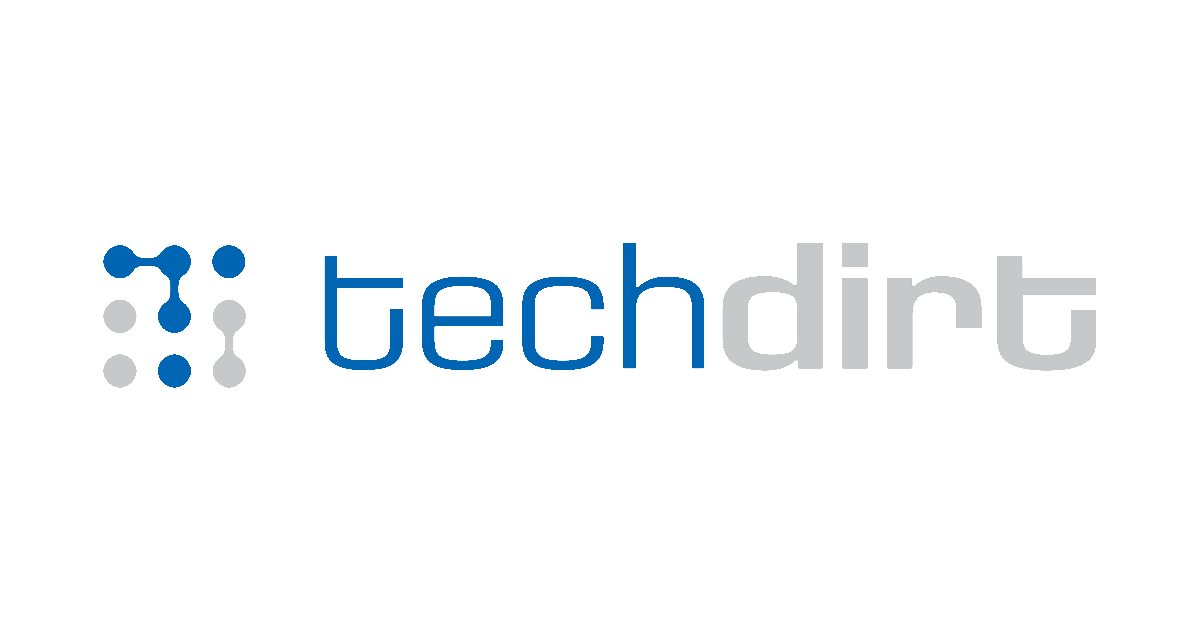- cross-posted to:
- [email protected]
- cross-posted to:
- [email protected]
As a Walled Culture explained back in 2021, open access (OA) to published academic research comes in two main varieties. “Gold” open access papers are freely available to the public because the researchers’ institutions pay “article-processing charges” to a publisher. “Green” OA papers are available because the authors self-archive their work on a personal Web site or institutional repository that is publicly accessible.
The self-archived copies are generally the accepted manuscripts, rather than the final published version, largely because academics foolishly assign copyright to the publishers. This gives the latter the power to refuse to allow members of the public to read published research they have paid for with their taxes, unless they pay again with a subscription to the journal, or on a per article basis.
You might think that is unfair and inconvenient, but easy to circumvent, because the public will be able to download copies of the peer-reviewed manuscripts that the researchers self-archive as green OA. But many publishers have a problem with the idea that people can access for free the papers in any form, and demand that public access to the green OA versions should be embargoed, typically for 12 months. There is no reason for academics to agree to this other than habit and a certain deference on their part. It’s also partly the fault of the funding agencies. The open access expert and campaigner, Peter Suber, explained in 2005 why they are to blame:
Researchers sign funding contracts with the research councils long before they sign copyright transfer agreements with publishers. Funders have a right to dictate terms, such as mandated open access, precisely because they are upstream from publishers. If one condition of the funding contract is that the grantee will deposit the peer-reviewed version of any resulting publication in an open-access repository [immediately], then publishers have no right to intervene.
Accepting embargoes on green OA at all was perhaps the biggest blunder made by the open access movement and their funders. Even today, nearly 20 years after Suber pointed out the folly of letting publishers tell academics what they can do with their own manuscripts, many publishers still demand – and get – embargoes. Against this background, ACS Publications, the publishing wing of the American Chemical Society, has come up with what it calls “Zero-Embargo Green Open Access” (pointed out by Richard Poynder):
A number of funders and institutions require authors to retain the right to post their accepted manuscripts immediately upon acceptance for publication in a journal, sometimes referred to as zero-embargo green open access (OA). More than 90% of ACS authors under these mandates have a simple and funded pathway to publish gold OA in ACS journals.
For those not covered by an institutional read and publish agreement or through other types of funding, ACS offers the option to post their accepted manuscripts with a CC BY license in open access repositories immediately upon acceptance. This option expands this small subset of authors’ choices beyond the existing option to wait 12 months to post at no cost.
Great news? Well, no, because a hefty new fee must be paid:
The article development charge (ADC) is a flat fee of $2,500 USD and is payable once the manuscript is sent for peer review. The ADC covers the cost of ACS’ pre-acceptance publishing services, from initial submission through to the final editorial decision.
That is, if academics publish a paper with the ACS, their institution must pay $2,500 for the privilege of being allowed to post immediately the accepted manuscript version on their own institutional server – something that should have been a matter of course, but was weakly given up in the early days of open access, as Suber pointed out. There is a feeble attempt to justify the cost, on the basis that the $2,500 is for “pre-acceptance publishing service”. But this apparently refers to things like peer review, which is generally conducted by fellow academics for free, and decisions by journal editors, who are often unpaid too. In general, the costs involved in “pre-acceptance publishing” are negligible.
“Zero-Embargo Green Open Access” sounds so promising. But it turns out to be yet another example of the copyright industry’s limitless sense of entitlement. Publishing is constantly finding new ways to extract money from hard-pressed academic institutions – money that could be used for more research or simply paying underfunded researchers better.
This is a personal issue for me. In 2013, I spoke at a conference celebrating the tenth anniversary of the Berlin declaration on open access. More formally, the “Berlin Declaration on Open Access to Knowledge in the Sciences and Humanities” is one of three seminal formulations of the open access idea: the other two are the Bethesda Statement (2003) and the original Budapest Open Access Initiative (2002) (all discussed in Walled Culture the book, free digital versions available). I entitled my speech “Half a Revolution”, and the slides I used can be freely downloaded from SlideShare, along with many more of my presentations.
My Berlin talk concluded with a call to action under the slogan “Zero Embargo Now” (ZEN). Back then, I looked forward to a world where all academic papers would routinely be available under green OA immediately, without any embargo. I’m still waiting.



Nepotism still runs rampant in many academic fields, since the editors of those journals are also academics themselves, and not always the most ethical ones.
I guess a policy of transparent review could help. And pre-registering so papers do not get rejected for not being ‘exciting’ enough.